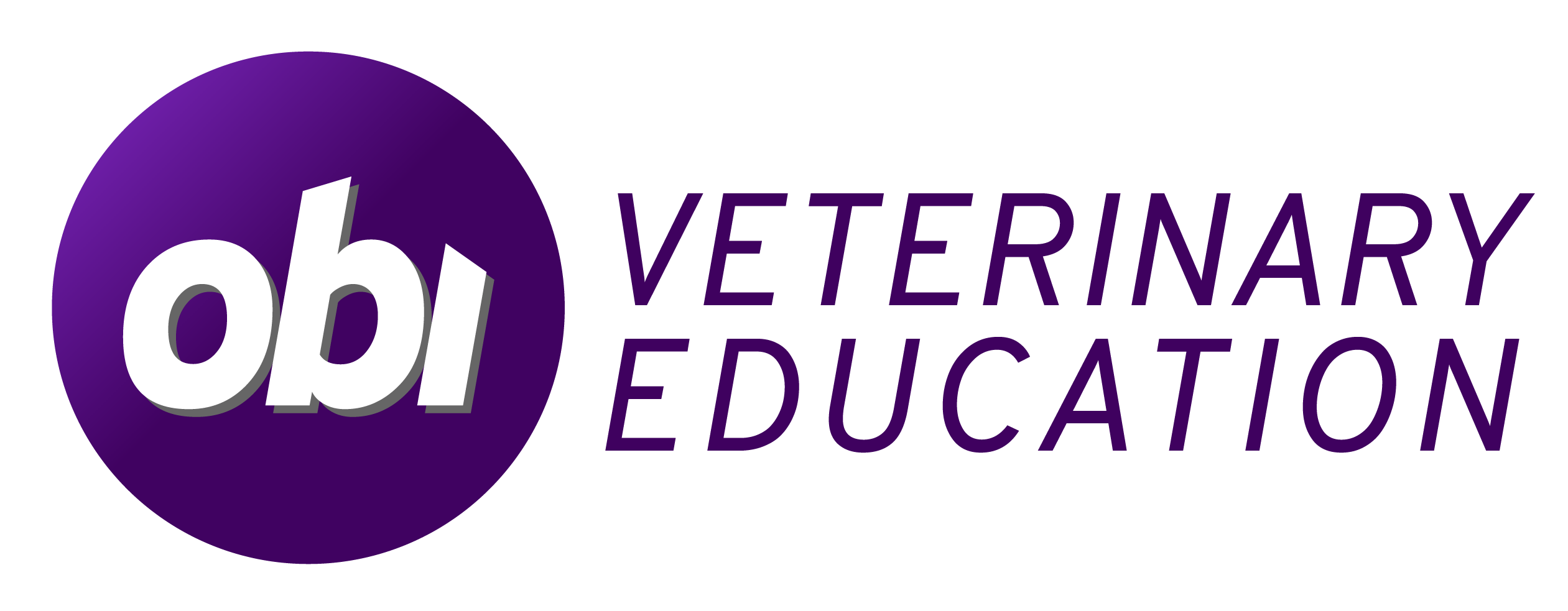Therapy with an ACE-inhibitor is recommended in preclinical (occult) DCM. There is substantive evidence in humans and retrospective evidence in dogs that ACE-inhibitor therapy delays the onset of CHF, likely by altering ventricular myocardial remodeling. Time to onset of clinical signs of CHF when one treats Dobermans in the preclinical (occult) stage of DCM with benazepril results in a 25% increase in the time to onset of clinical signs of CHF (O’Grady & O’Sullivan et al. JVIM 2009;23:977-983). No other drugs have been assessed in this stage of DCM.
For the patient with CHF secondary to DCM, treatment is as per congestive heart failure in the General Therapeutic Concepts section.In summary treatment of CHF due to DCM:
- Begin with:
- Furosemide: use the least amount of diuretic (furosemide) to maintain ease of respiration
- Pimobendan
- ACE inhibition
- Low sodium diet and severe exercise restriction
- If substantive pulmonary edema remains or the patient becomes refractory to treatment, then consider:
- Increasing the dose of furosemide (as long as renal parameters are normal)
- Increasing the dose of pimobendan
- Adding spironolactone (but recognize that this is a weak diuretic given its location of action in the nephron)
- Adding another diuretic such as a thiazide if the patient is refractory to high doses of furosemide
- The combination of diuretics is very potent and profound hypotension can develop. We reduce the furosemide dose by about 50% when we add the thiazide then uptitrate as necessary.
- Adding a more potent arterial vasodilator (amlodipine or hydralazine)
- The utility of digoxin, in the presence of a sinus rhythm, remains questionable
- Supraventricular arrhythmias should be treated as outlined in the Supraventricular Tachycardia section of Electrocardiography
- Atrial fibrillation should be treated as outlined in the Atrial Fibrillation section of Electrocardiography
- Ventricular arrhythmias are treated as per here and here in the Electrodariology section
- Those cases demonstrated to possess a taurine deficiency (as with the American Cocker Spaniel) should receive 500 mg PO BID of taurine in addition to ACE inhibitors, pimobendan, and diuretics.
- Those cases demonstrated to possess a carnitine deficiency (if proof is definitive) should be supplemented with carnitine at 150 mg/kg PO divided BID in addition to pimobendan, ACE inhibitors, and diuretics.
- Furosemide – 2-4 mg/kg BID – TID (PO)
- Pimobendan – 0.25 mg/kg BID (on an empty stomach) (PO)
- Benazepril – 0.5 mg/kg SID to BID (PO)
- Enalapril – 0.5 mg/kg SID to BID (PO)
- Amlodipine – 0.1 mg/kg SID (PO)
- Hydralazine – 0.5-2 mg/kg BID (PO)
- Spironolactone – 1-2 mg/kg BID (PO)
- Hydrochlorothiazide – 1-2 mg/kg BID (PO)Management of congestive heart failure involves controlling vascular volume by finding a balance between meeting renal blood flow needs through enhancing vascular volume (preload) and reducing pulmonary edema by reducing vascular volume (preload).Comments:
- Pimobendan is definitively proven to improve survival for these patients in CHF.
- Although ACE inhibitors have not been proven to improve survival (Bench and Live Trials), we continue to use these drugs as evidence of their benefit in people with DCM is overwhelming.
- We do not use digoxin routinely in these cases.
- Beta blocker therapy has been demonstrated in people with CHF due to DCM to be essential. It definitively increases survival when added to an ACE inhibitor and diuretic. There are no treatment trials in dogs with DCM (whether in CHF or not) assessing the role of beta blockers
